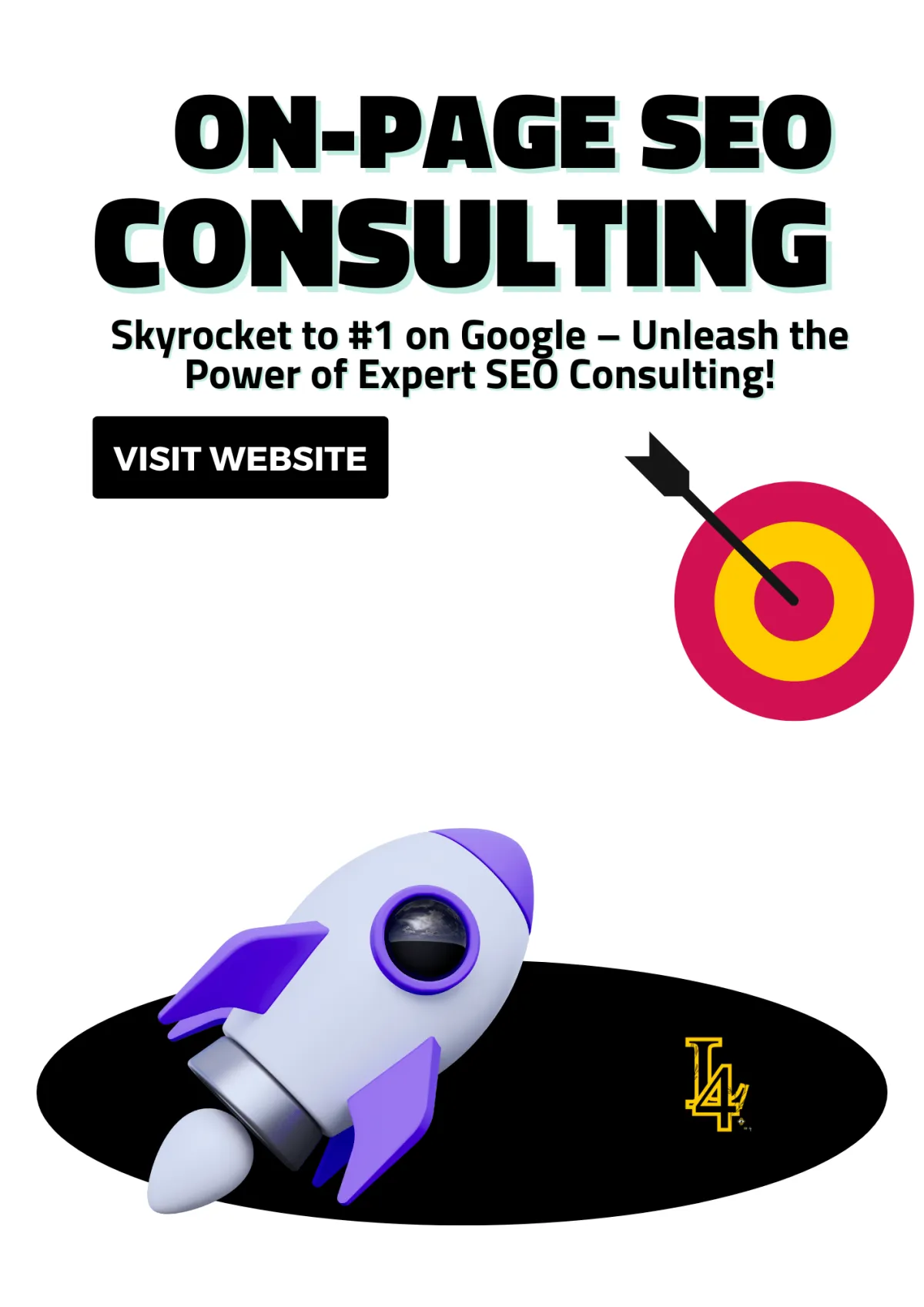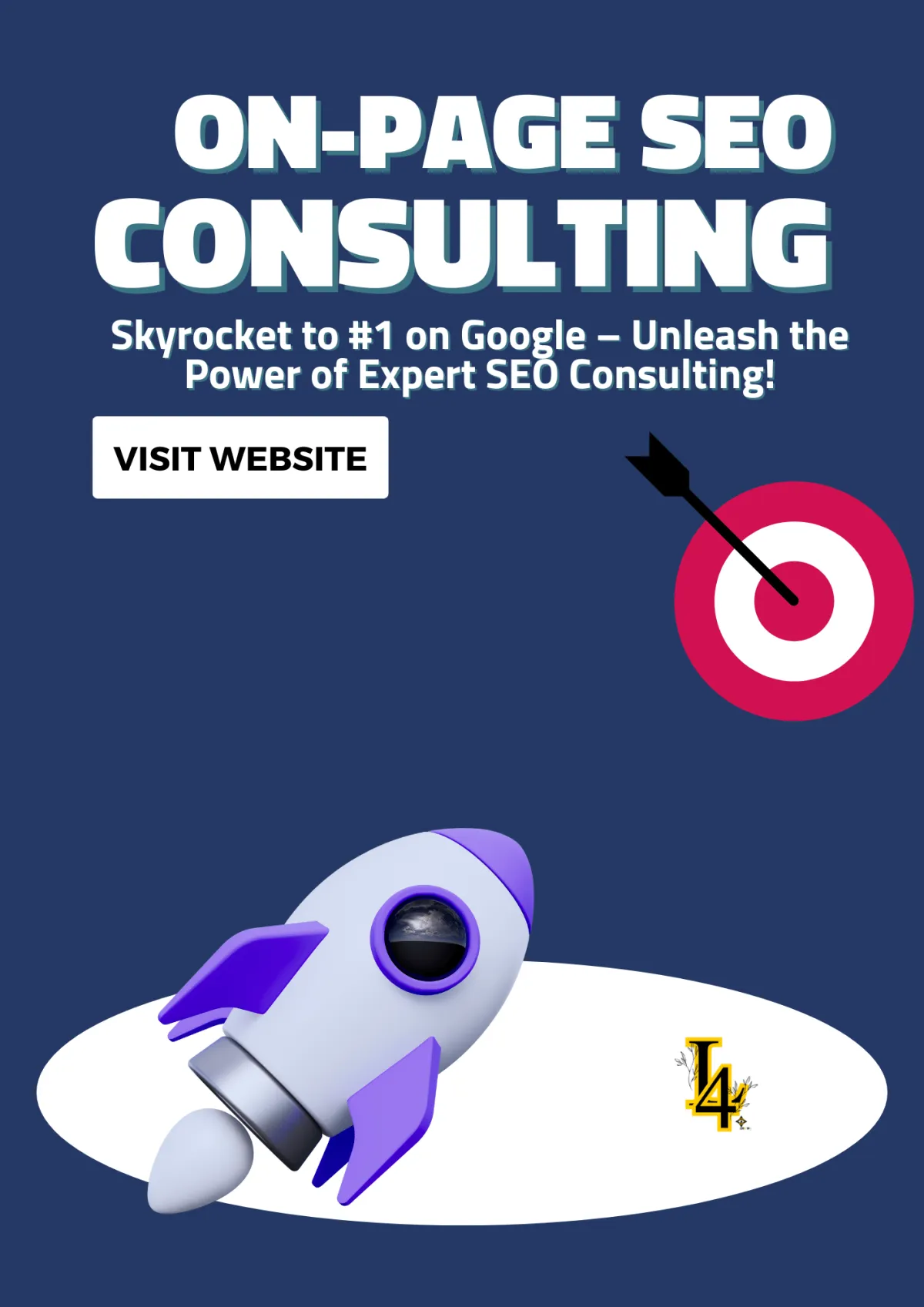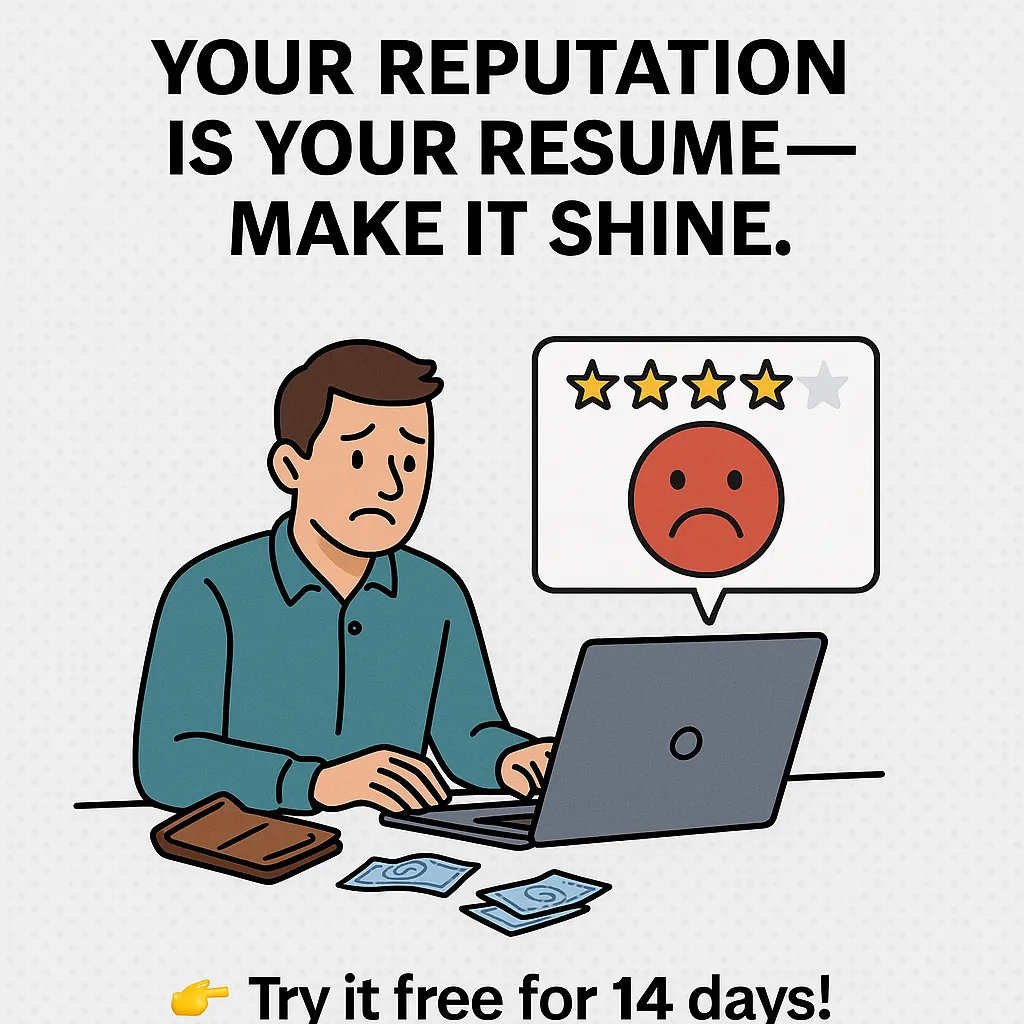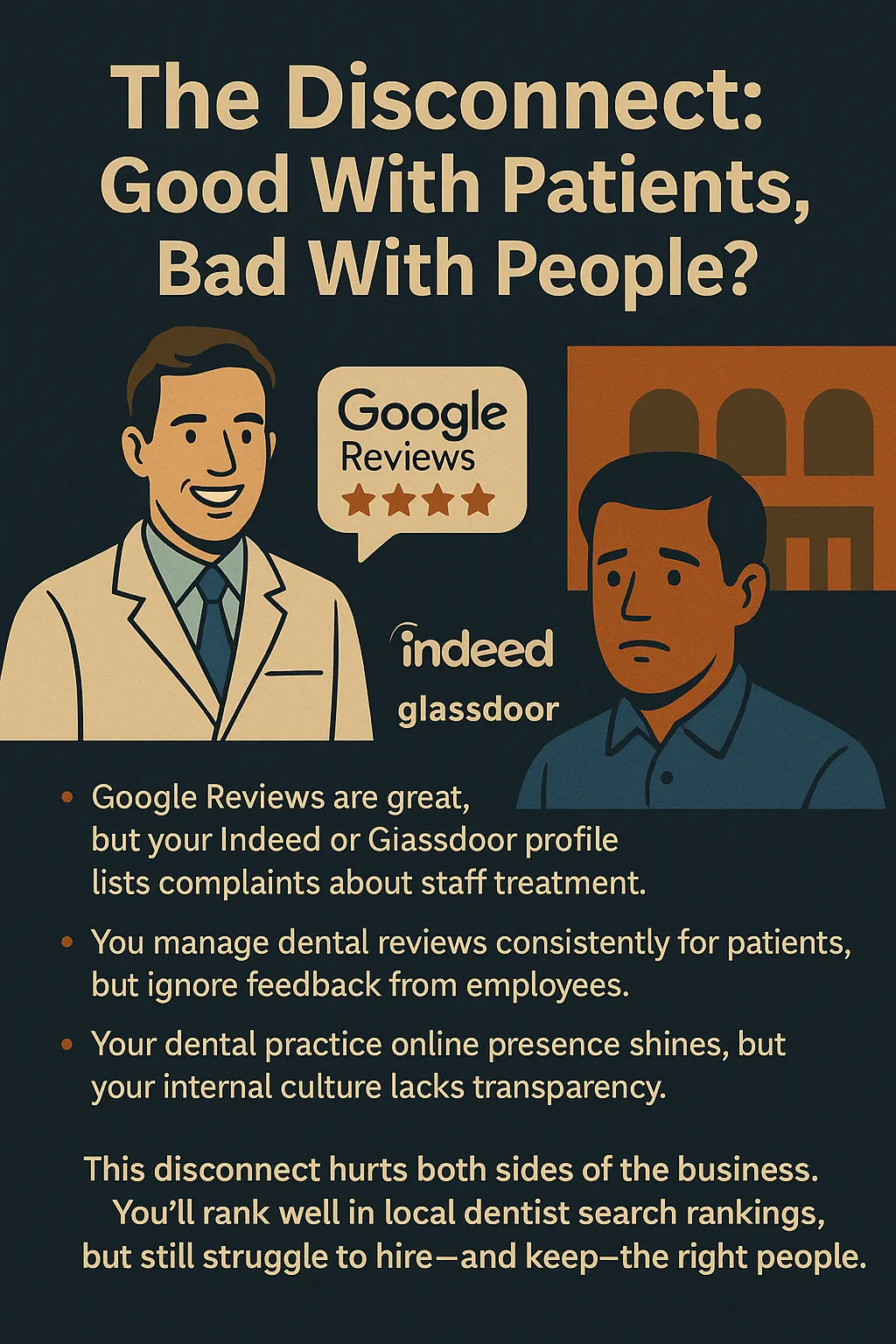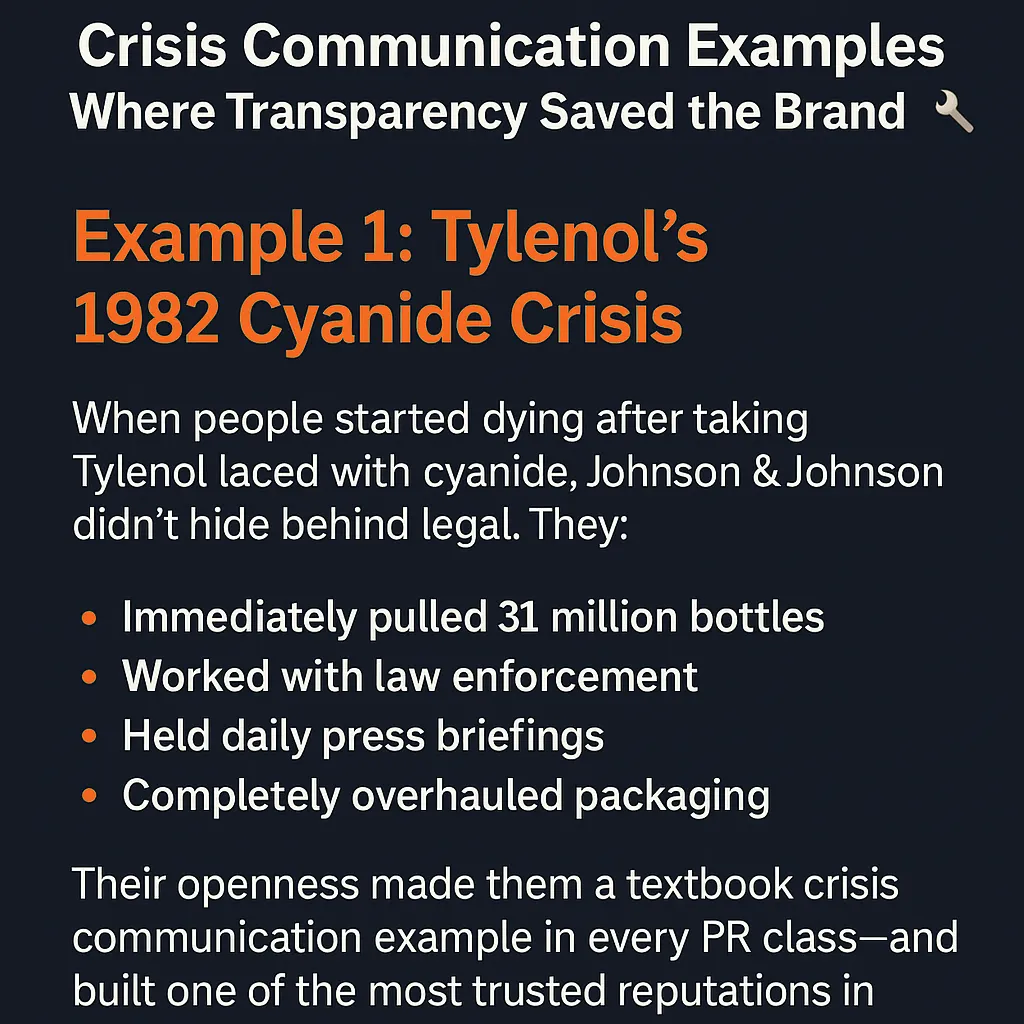
The Ultimate Cyber Security Website Design: Protect & Impress in 2025!
When it comes to website security, your customers need to trust that their information is safe. Whether they’re making a purchase, entering their credit card details, or creating an account, a secure website ensures they feel confident shopping with you. Website security isn’t just an option—it’s a must-have for any successful e-commerce business.
A well-protected website with a strong design and secure payment processing can increase conversions, build customer trust, and protect sensitive data from cyber threats. Below, we’ll dive into key security measures you need to implement on your website to ensure your e-commerce store is fully protected.
The Ultimate Cyber Security Website Design: Protect & Impress in 2025!
Security & Payment Processing: Protect Your Customers with a Secure Website Design
🔒 Why Website Security Matters for E-Commerce
🛡️ Essential Security Features for Your Website
1️⃣ Install an SSL Certificate for Your Website
2️⃣ Use Secure Payment Gateways
🛡️ Fraud Prevention: Keep Your Website & Customers Safe
3️⃣ Set Up Fraud Detection & Anti-Hacking Measures
4️⃣ Display Trust Badges & Secure Checkout Icons
🚀 Optimize Your Website Design for Security & Speed
5️⃣ Fast & Secure Hosting for Website Performance
6️⃣ Implement Strong Password Policies & User Authentication
📌 Final Thoughts: Secure Website Design & Payment Processing = More Sales & Trust

For anyone running an e-commerce website, protecting customer data, financial information, and site infrastructure isn’t optional—it’s mission-critical.
Consumers today are more informed than ever. They expect website security to be standard and will abandon your site the moment they sense something is off. It could be a missing padlock icon in the browser, a confusing checkout flow, or a design that just doesn’t feel professional. In fact, research shows that poor website design can be just as damaging to perceived security as actual vulnerabilities.
For small businesses in e-commerce, this is even more crucial. Unlike big-box retailers, small shops often don’t get a second chance to make a good impression. That’s why investing in proper website security for e-commerce sites helps you stand out in a crowded, competitive market—and protect the brand you’re building.
📌 Key Statistics on Website Security & Customer Trust
✔ 85% of online shoppers will avoid a website that appears unsafe or unprofessional
✔ 43% of cyberattacks target small businesses—many of them in ecommerce
✔ 60%+ of small businesses that suffer a breach shut down within six months
✔ A secure ecommerce website can increase trust and raise conversions by up to 30%
✔ Customers are more likely to share personal information on sites with HTTPS, trust badges, and secure payment options
These numbers aren’t just warnings—they’re action items. When you run an ecommerce business, your website is more than a storefront—it’s a gateway to your reputation.
🔐 Core Security Features Every Ecommerce Website Needs
To protect your customers and your business, your website should include:
SSL Encryption (HTTPS) – Essential for protecting sensitive customer data
Secure Checkout Gateways – Work with trusted providers like Stripe or PayPal
Firewall & Malware Scanning – Keeps your store safe from bots and hackers
Automatic Backups – Enables fast recovery in case of attack
User Role Restrictions – Prevents unauthorized access on the backend
Two-Factor Authentication (2FA) – Adds an extra layer of login security
Without these features, even the most beautifully designed ecommerce website becomes a liability.
💡 Pro Tip: Good Design + Good Security = Customer Loyalty
Security doesn’t have to make your site look boring or overly technical. In fact, the best ecommerce websites integrate security features seamlessly into their design. Think clean layouts, visible SSL seals, secure checkout buttons, and reassuring microcopy that lets customers know their data is safe.
Combine this with optimized site performance, fast load times, and intuitive navigation, and you’ll create a user experience that not only protects—but converts.

🛡️ Essential Security Features for Your Website
A secure ecommerce website isn’t just a recommendation—it’s a requirement. Shoppers today expect more than just a smooth browsing experience; they want to feel protected every step of the way. That means having multiple layers of website security in place to safeguard customer data, build trust, and keep your online store compliant with modern standards.
Whether you’re launching a new online shop or upgrading your existing store, these security essentials should be built into your website design from day one.

1️⃣ Install an SSL Certificate for Your Website
SSL (Secure Sockets Layer) encryption is one of the first and most important layers of protection your website should have. It encrypts the data exchanged between your customers and your site—like login details, personal info, and payment data—so that hackers can’t intercept it.
🔹 Key Benefits:
Websites with SSL display the padlock icon in the browser's address bar
Your URL will begin with
https://instead ofhttp://Helps prevent data theft and man-in-the-middle attacks
A visible padlock and secure prefix are trust signals customers actively look for. Without them, even the most beautifully designed ecommerce site will lose credibility at checkout.
💡 Pro Tip:
Google now uses HTTPS as a ranking factor. That means a secure website with an active SSL certificate can rank higher in search results than an unsecured one—giving you a competitive edge in organic traffic.
2️⃣ Use Secure Payment Gateways
Payment security is a make-or-break factor for ecommerce websites. No matter how good your product is, customers won’t complete the checkout process if they feel their financial data isn’t protected.
Integrate trusted, PCI-compliant payment gateways that are known for security and ease of use.
✅ Best Payment Gateways for Website Security & User Trust:
PayPal – Recognized globally and includes buyer protection policies
Stripe – Developer-friendly, secure, and perfect for scalable ecommerce businesses
Square – Ideal for small businesses and known for secure transactions in both digital and physical retail
These platforms provide fraud detection tools, encryption at every transaction point, and user-friendly interfaces.
🔹 Why This Matters:
Protects sensitive customer card and billing information
Reduces the risk of chargebacks and transaction fraud
Increases buyer confidence with recognizable payment options
💡 Pro Tip:
Implement one-click payment options or digital wallets like Apple Pay and Google Pay for faster checkout. A smoother payment experience reduces cart abandonment and boosts conversions—especially on mobile.

🛡️ Fraud Prevention: Keep Your Website & Customers Safe
Running an ecommerce store isn't just about having amazing products—it’s about building trust and protecting your shoppers. With online threats growing by the day, cyber security is no longer optional. It must be built into every layer of your website design.
Smart, security-focused design ensures that both your brand and your buyers stay safe. And when you structure your ecommerce website with cyber protection in mind, you not only block fraud—you increase conversions and customer confidence.
This article covers two vital elements of website protection: fraud detection and trust-building badges. Both should be part of any well-executed cyber security website strategy.
🔍 1. Set Up Fraud Detection & Anti-Hacking Measures
Hackers love ecommerce sites. Why? Because they process credit cards, store customer data, and often have vulnerabilities. That’s why your website design must include solid cyber security features right from launch.
🔐 Must-Have Tools and Practices:
Fraud Detection Platforms: Services like Sift and Signifyd automatically flag risky transactions. A modern website with cyber security features should include or integrate with these tools.
Require CVV and Two-Factor Authentication (2FA): These are basic protections in website security. They prevent unauthorized use of stolen credit cards and secure backend logins from intruders.
Set Spending Thresholds and Use AVS: A good ecommerce site design includes checks like Address Verification Systems (AVS) and transaction limits to filter out suspicious orders.
Add reCAPTCHA to Login and Checkout: Automated bots are one of the biggest threats. A strong website design for small business or ecommerce should include CAPTCHA tools to keep them out.
💡 Pro Tip: Build these features into your site architecture, not as afterthoughts. True cyber protection starts at the planning stage of your design process.

🏷️ 2. Display Trust Badges & Secure Checkout Icons
Trust is visual. Shoppers want proof that your site is safe before they buy. That’s where trust badges come in—and why they’re essential for any secure ecommerce site.
✅ Best Trust Seals to Add:
Norton Secured by DigiCert
McAfee Secure
BBB Accredited Business
Verified by Visa / Mastercard SecureCode
These badges send a strong message: your website values customer safety and privacy.
📈 Stat to Remember: Sites that display trust badges can increase conversions by up to 48%. That’s huge—and it’s proof that smart website design with a focus on cyber safety pays off.
💡 Pro Tip: Position your badges where they matter—next to “Buy Now” buttons or on the checkout page. This is a best practice in security-focused design that enhances buyer confidence.
💬Security Is Strategy
If you’re running an e-commerce business, your site’s security design is just as important as your product pages. From protecting data to boosting trust, cyber-safe websites convert better and retain customers longer.
Make sure your website structure includes:
Real-time fraud detection
Encrypted checkout processes
Trusted payment gateways
Visible security seals
Admin access controls
Incorporating these into your site design ensures a seamless shopping experience—backed by the kind of cyber security that today’s buyers expect.
Whether you’re building from scratch or upgrading an existing site, start by asking: “How secure is my website design?” The answer will shape how customers see—and trust—you.

🚀 Optimize Your Website Design for Security & Speed
A secure website isn’t just about locking out threats—it’s also about delivering a seamless, lightning-fast experience to your visitors. In e-commerce and small business sites, secure website design must work in tandem with optimized performance. If your security features slow down your site, they’re hurting more than helping.
Let’s explore how to boost both website security and speed—two factors that directly impact your sales, SEO rankings, and customer trust.
5️⃣ Fast & Secure Hosting for Website Performance
Your hosting provider plays a massive role in the overall security and speed of your site. No matter how good your design is, it’s only as strong as the server it lives on. That’s why choosing a hosting solution that prioritizes both speed and security is critical to any high-performing ecommerce website.
🔹 Key Features to Look For:
Built-in firewall protection
DDoS (Distributed Denial of Service) attack mitigation
Daily backups for fast recovery
24/7 monitoring and support
Data center locations close to your audience for faster load times
✅ Best Hosting Services for Secure Website Design:
SiteGround – Known for top-tier security features, especially for WordPress and WooCommerce users.
Bluehost – Great for beginners and small business owners looking for secure and reliable hosting.
LookHin4 – A budget-friendly hosting solution with essential cyber protection and performance optimization tools built-in.
💡 Pro Tip: Websites that load in under 2 seconds experience lower bounce rates, better SEO rankings, and significantly higher user retention. That speed starts at the hosting level—don’t cut corners here.
6️⃣ Implement Strong Password Policies & User Authentication
Strong passwords and secure logins aren’t just for banks and IT teams—they're essential for any secure website, especially those processing customer data and payments.
🔹 Best Practices to Secure User Access:
Require complex passwords with a mix of letters, numbers, and symbols
Enforce regular password updates for site admins
Limit login attempts to reduce brute force attack risks
Enable two-factor authentication (2FA) for both admin and customer logins
💡 Pro Tip: A professionally designed login page with integrated 2FA and CAPTCHA tools is a hallmark of secure website design—and it keeps bots out while keeping real users safe.
📌 Final Thoughts: Secure Website Design + Optimized Performance = Sales + Trust
Your website is your storefront—and just like a physical shop, it needs to feel safe, clean, and fast for people to stay and shop. Secure website design doesn’t just protect your business—it increases conversions, boosts customer confidence, and positions your brand as credible and professional.
When you combine high-speed hosting, secure payment processing, and robust login protection, you're setting your site up for success—not just survival.
💡 Quick Recap: Secure Website Design Essentials
✔ Install an SSL certificate to encrypt all customer data
✔ Use trusted payment gateways for secure transactions
✔ Set up fraud detection tools to monitor suspicious activity
✔ Display trust badges and checkout icons for shopper confidence
✔ Choose fast, secure hosting for stability and better load speeds
✔ Enforce strong password rules and authentication measures
📢 Is your site secure, fast, and built to convert? If you're unsure, it's time to upgrade. A secure, optimized website isn’t just good practice—it’s your most important online asset.
💬 Need expert help with your website’s security and performance?
Let’s talk. From SSL setup to payment gateway integration and speed optimization, we’ll make sure your ecommerce store is ready for growth—without compromise. 🚀
More Articles
Web Design Articles
Turn Clicks to Cash: Build a Web Template That’s Straight Heat
Master the Art of Web Page Outlines: Your Blueprint for a High-Performing Website
8 Must-Have Features for the Perfect Video Website Template (Make Your Videos Stand Out!)
Why Organic Asymmetric Shapes Are Taking Over Web Design in 2025
SEO Articles
11 Benefits of Using SEO Software for Online Business Growth
B2B SEO Agency: Dominate Search, Outrank Competitors, and Drive More Leads
Unlock Business Growth with Powerful Search Engine Services
Marketing Articles
Best Ideas for Free Local Advertising for Small Businesses
How to Add the Title to a Link (The Right Way) – Boost SEO & UX!
More Online Reputation Articles
Online Reputation Specialist Shares Secrets to Boosting Trust & SEO Rankings
Can Businesses Pay Yelp to Remove Bad Reviews?
No Cap: How to Avoid Bad Reviews with Happy Customers
The Shocking Truth About Measuring Reputation (Most Businesses Get It Wrong!)
Brand Reputation Marketing Secrets: How to Sell Without Saying a Word


